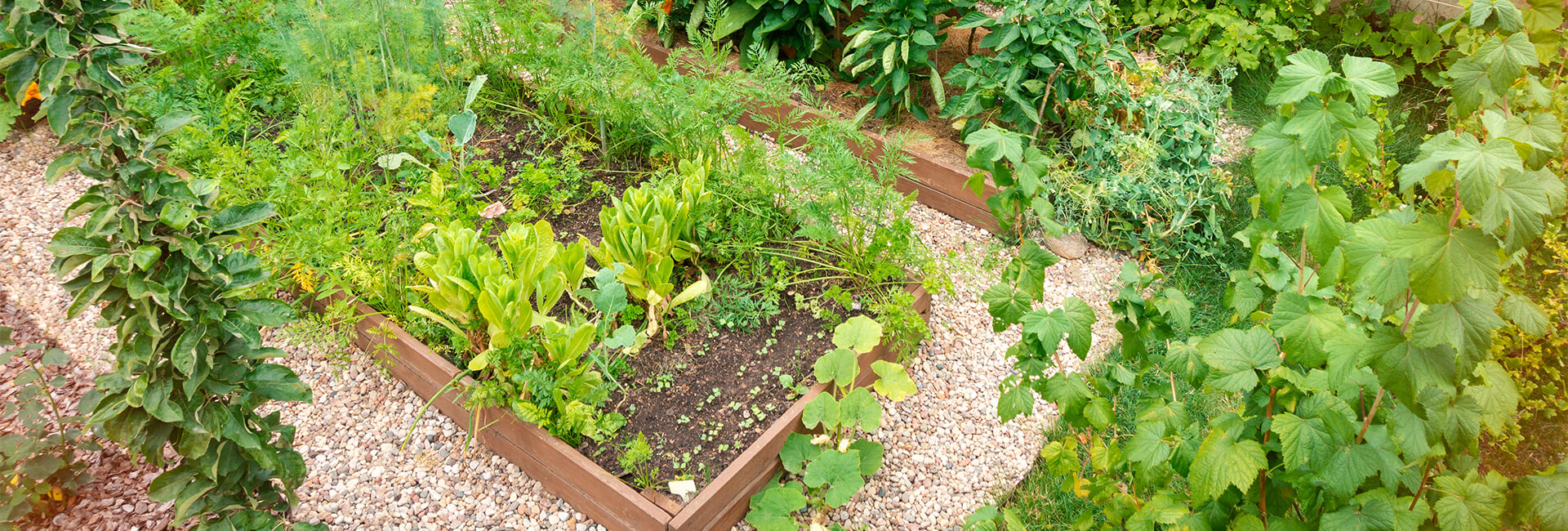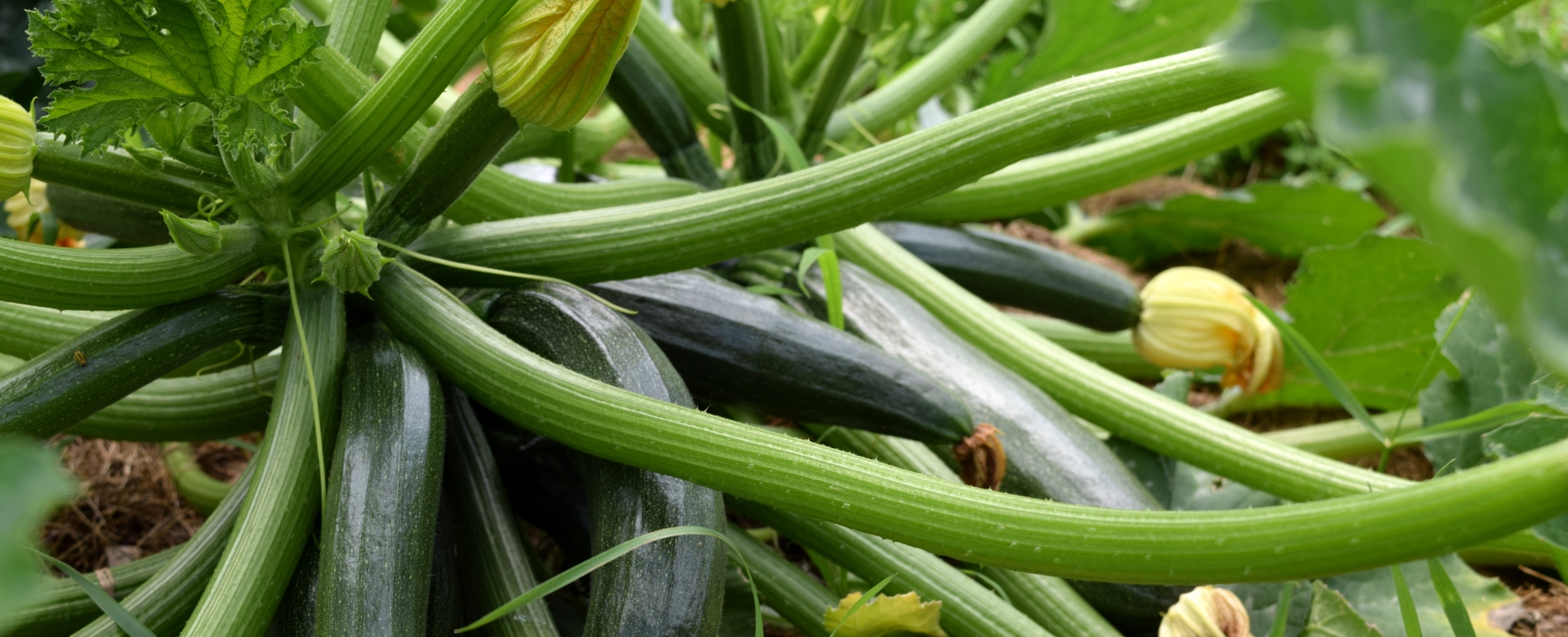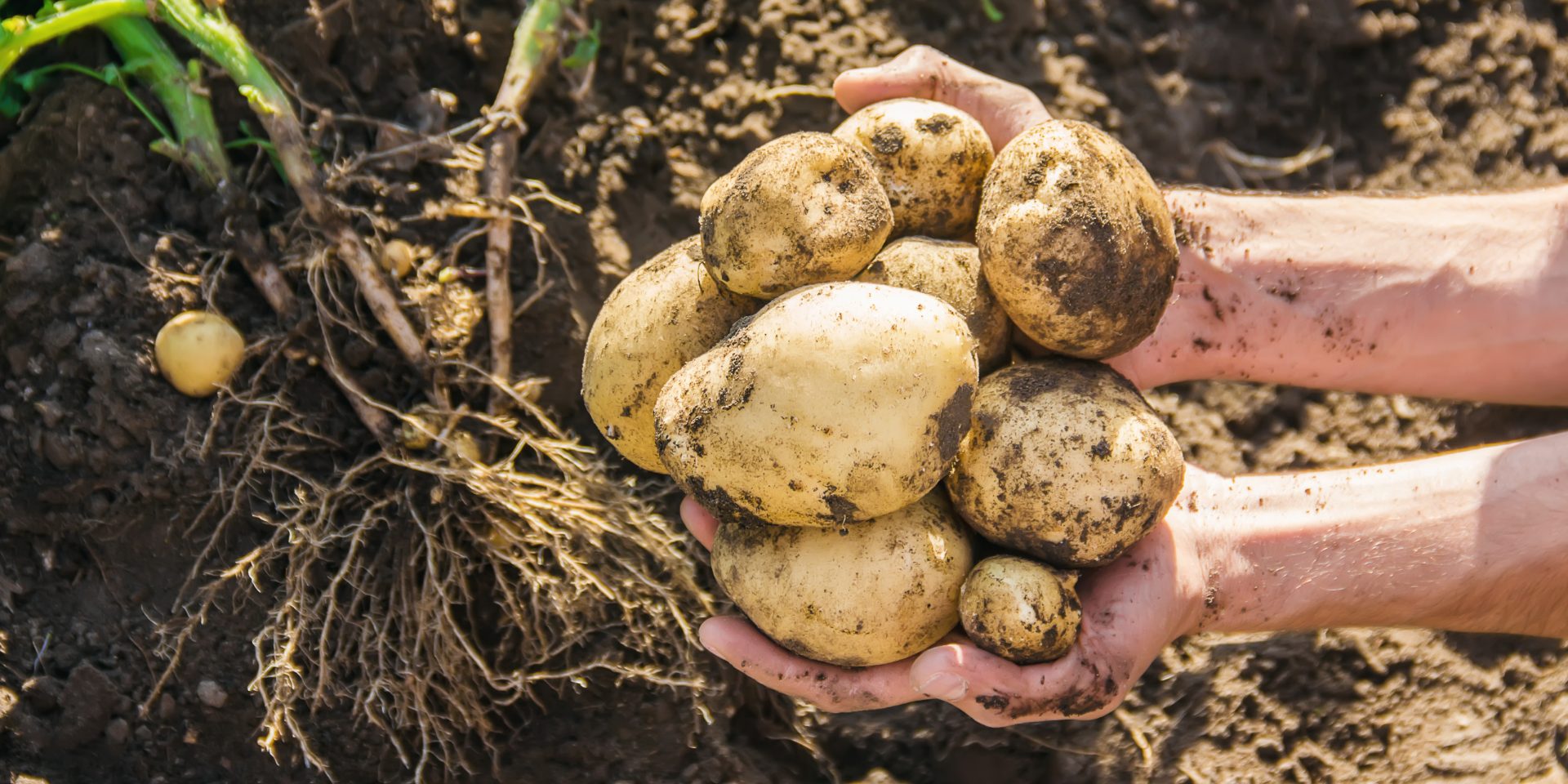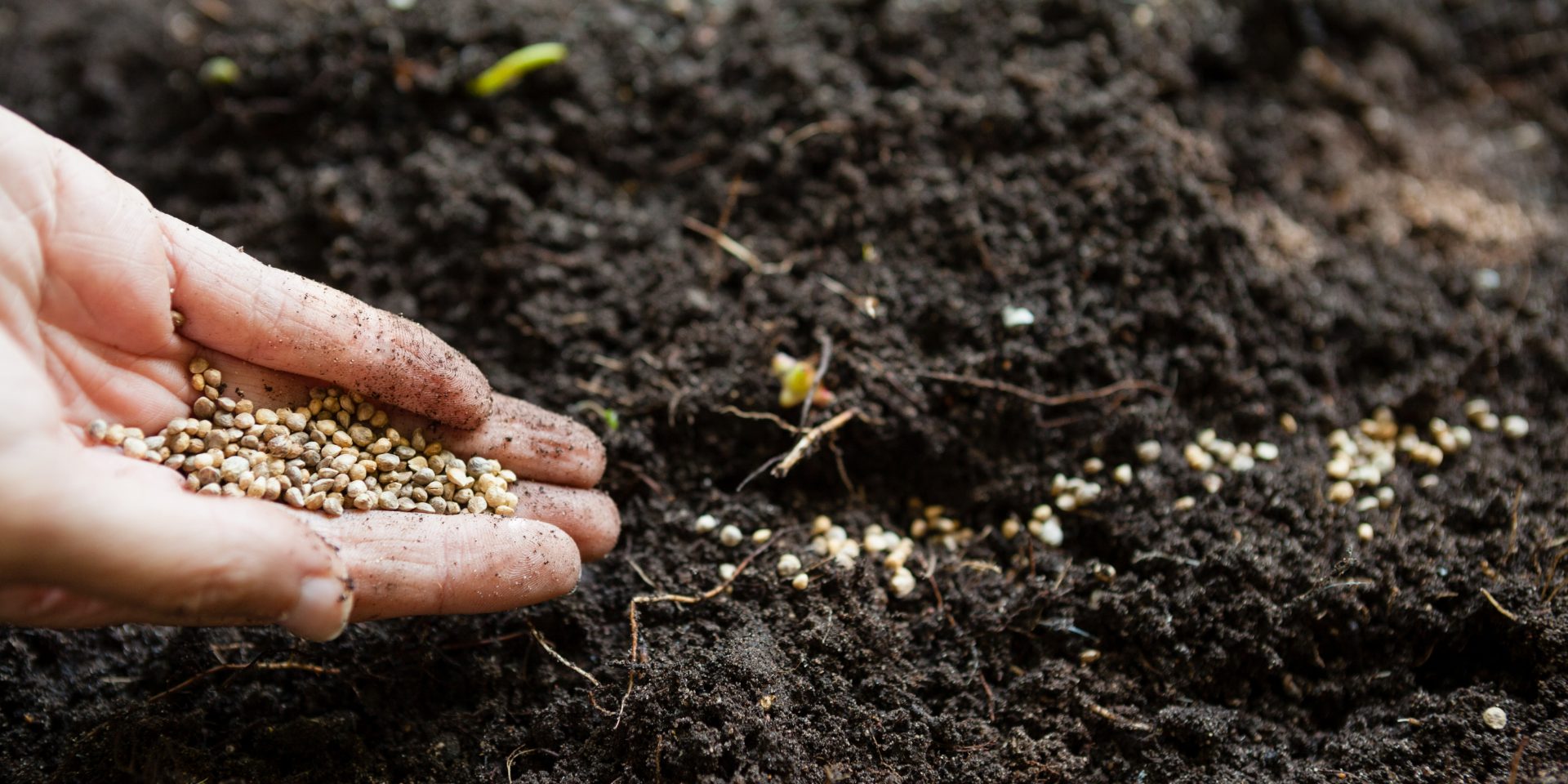Gardening enthusiasts and home growers often discuss the benefits and downsides of using pressure-treated wood for raised vegetable beds. Its durability and resistance to rot and pests make it seem like a good option for garden beds.
However, concern over safety and environmental effects makes gardeners look for other choices. And although pressure-treated wood is cheap and lasts longer than raw lumber, pressure-treated wood might not be the best choice for organic gardening.
In this blog post, we’re going to look at what pressure-treated wood is, why it might not be the best for your vegetable garden, and suggest other materials you can use.
What Is Pressure-Treated Wood?
Pressure-treated wood is lumber that has been treated with chemical preservatives to protect it from rot, decay, and termite infestation.
This process involves placing the wood in a depressurized holding tank where the preservatives are forced deep into the wood fibers.
The result is a piece of wood that’s more durable and resistant to the elements compared to untreated wood.
Is Pressured-Treated Wood Safe for Gardens?
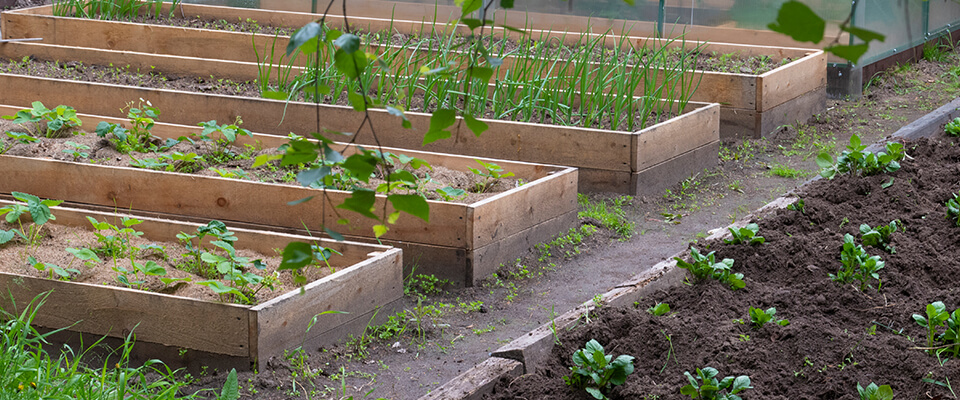
Most organic vegetable gardeners believe that pressure-treated wood should not be used for raised garden beds.
Gardeners and health experts have long debated whether it’s safe to use pressure-treated wood for gardens. The main worry had been about chromated copper arsenate (CCA) used in pressure-treated wood, which includes arsenic, a known carcinogen.
In 2003, the U.S. Environmental Protection Agency (EPA) restricted the use of CCA in residential applications, leading to changes in the chemicals used to treat wood. Nowadays, most pressure-treated lumber is treated with less toxic alternatives like alkaline copper quaternary (ACQ) or copper azole (CA).
Despite these changes, there’s still some skepticism. The preservatives, although less dangerous, might still get into the soil and possibly contaminate plants. This is especially alarming for vegetable gardens, where the produce could directly soak up these chemicals.
Although arsenic was the primary chemical used in pressure-treated lumber prior to December 2003, copper still isn’t a viable option if you want to ensure your neat and clean vegetable garden stays chemical-free.
Why You Shouldn’t Use Pressure-Treated Wood for Your Vegetable Garden
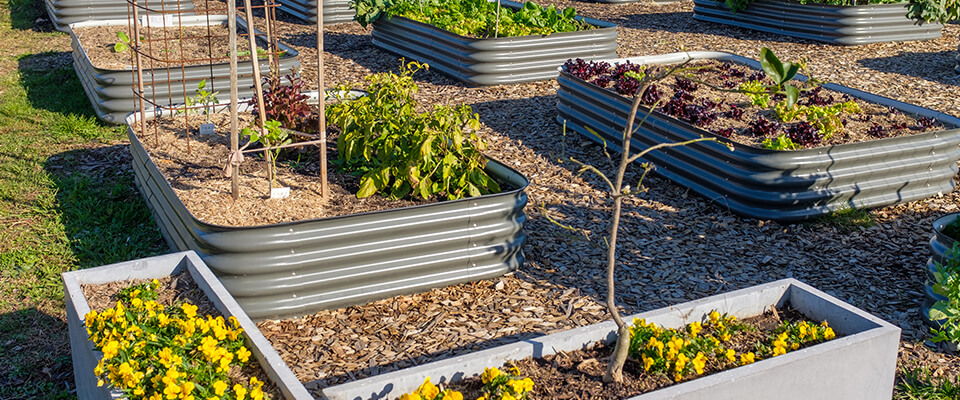
Although pressure-treated wood appears durable and suitable for raised beds in flower gardens, it’s usually not recommended for vegetable gardens due to several reasons.
1. Chemical Leaching
Despite newer treatments, chemicals can still seep into the soil and be absorbed by plants. The risk is lower, but it’s still something to watch out for, especially when growing food.
2. Environmental Concerns
The production and disposal of pressure-treated wood contribute to environmental pollution. By opting for safer alternatives, we can reduce our impact on the planet.
3. Alternatives Available
Safer, more eco-friendly alternatives like cedar and redwood are readily available for building raised vegetable beds. By choosing these options, you can avoid potential health risks and help create a more sustainable garden.
If You Do Use It, Here’s What to Do:
Try Newer Pressure-Treated Wood
Switching to newer types of pressure-treated wood for raised vegetable beds cuts down on the risk of arsenic contamination. This became important after arsenic-based treatments stopped in 2003.
When picking wood for outdoor projects, make sure to choose lumber treated with safer options. Look for wood marked as “CA” (copper azole) or “ACQ” (alkaline copper quaternary). These options use copper and a quaternary ammonium compound instead of arsenic, giving good protection against pests and rot without the health hazards of arsenic.
Line the Inside
To extend your garden’s life and prevent soil issues, consider lining the inside of your pressure-treated wood frame with thick plastic sheeting, such as high-density polyethylene (HDPE), or weed barrier fabric.
This forms a protective barrier that prevents soil from touching the wood, minimizing the chance of chemicals from the wood leaking into the soil.
Perform Regular Soil Testing
Pressure-treated wood may release copper into the soil. Regular soil tests help track copper levels and spot problems early. If tests show high copper, you might have to add organic matter to bind the copper or change the contaminated soil to fix the issue.
7 Types of Wood to Use for Raised Beds
If you want to avoid pressure-treated wood because of health and environmental concerns, these are five safer options. These alternatives are durable and sustainable, without sacrificing quality:
1. Cedar: Cedar is the safest type of wood to use in a raised garden bed, as well as one of the most popular choices for raised bed vegetable gardens. It’s naturally resistant to rot and insects, with no need for chemical treatment. It also tends to last much longer than other hardwood types.
2. Redwood: This wood is as durable as cedar but stands out with its rich color and grain. Although it’s more expensive, its quality makes it worth the cost for those looking to invest in lasting beauty.
3. Douglas Fir: A more affordable choice, Douglas Fir is still quite durable. It’s a good option for those on a budget, especially in mild climates where its durability can shine.
4. Hemlock: Hemlock is cheaper than cedar or redwood and resists rot well. It’s less long-lasting than the pricier options, but it’s a good pick for projects where longevity isn’t the top priority.
5. Untreated Pine: The most affordable option, untreated pine is less durable than cedar or redwood. It’s great for short-term projects or when the budget is tight. While popular for DIY projects, it’s more susceptible to decay and damage, so it might not last as long as other woods.
6. Black Locust: This wood is extremely durable and naturally resists rot, making it perfect for building raised garden beds. Its strong properties mean the beds will last for years without needing chemicals to prevent decay.
7. Composite Boards: Composite boards mix wood fibers and recycled plastic, offering a durable and eco-friendly option vs. natural wood. They’re built to resist rot, which means they last longer and need less upkeep. It’s crucial, though, to pick composites without harmful chemicals to protect your health and the environment.
Best Alternative Materials for Building Raised Bed Gardens
Beyond wood, you can use many other materials to build raised beds that are durable and don’t risk chemical leaching, including the following:
Galvanized Steel: Offers a long-lasting, sleek, modern appearance. While it’s a bit more expensive than some alternatives, its durability and resistance to rust make it a worthwhile investment for gardeners seeking a contemporary look.
Concrete Blocks: Concrete blocks are strong and flexible, perfect for various garden designs. However, it’s important to keep an eye on soil pH levels because concrete can change them gradually.
Bricks: Bricks provide a timeless, classic aesthetic to any garden setting. They are incredibly durable, with the potential to last for decades. Building brick beds needs some masonry skills to make sure they’re stable and last a long time.
Recycled Plastic: Using recycled plastic for raised beds is a great contribution to environmental sustainability. These materials are durable, low maintenance, and withstand the weather, making them increasingly popular. They also offer a smart way to repurpose plastic waste.
Composite Decking: This material mixes wood fibers with recycled plastics to make a strong and good-looking choice for garden beds. Composite decking is built to withstand rot, pests, and weather damage, offering gardeners a durable and easy-care option.
Is Pressure-Treated Wood Safe for a Compost Bin?
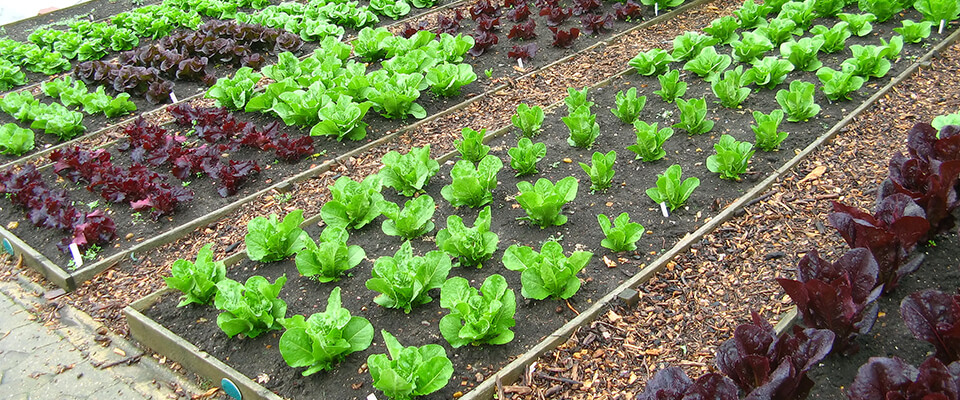
Using pressure-treated wood for compost bins can be a major problem. This is especially true for vegetable gardens.
The main issue is the chemicals used in making the wood resistant to rot and insects. Over time, these chemicals can leak into the compost and then into your garden soil, potentially harming your plants.
To keep your compost and garden safe, it’s better to use untreated wood or other safe materials for composting. By choosing these safer options, gardeners can prevent soil contamination and keep their gardens healthy and productive.
Conclusion
Picking the right materials for your raised vegetable beds is key to your garden’s and your health.
Although pressure-treated wood is durable and rot-resistant, the chemicals it can release might not be safe for growing vegetables. Luckily, there are safer options that are just as durable as pressure-treated wood and look great for raised bed gardening. These alternatives can keep your garden healthy and enjoyable for years.
Ready to check out Homegrown Outlet? Be sure to stop by and explore one of our locations today!
FAQs
Pine and spruce are the cheapest woods for raised garden beds.
You can save money by choosing untreated lumber and treating it with a wood preservative to make it last longer.
Other cheap materials like cinder blocks, bricks, corrugated metal, bamboo, recycled cardboard, and newspaper can also work well for building raised beds.
The choice comes down to what you prefer, how much you want to spend, and the look you're looking to achieve.
Yes, MCA (Micronized Copper Azole)-treated wood is generally considered safe for vegetable gardens. It's seen as less harmful than older treatments such as chromated copper arsenate (CCA).
However, it's good to be careful. Copper from the treated wood can leak into the soil, which might harm plants and possibly affect food safety if the levels get too high. Think about using different materials or lining raised beds with a barrier to keep copper away from the soil.

